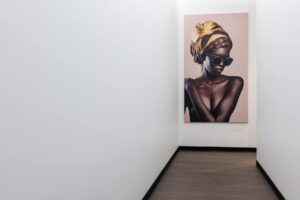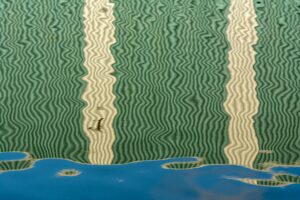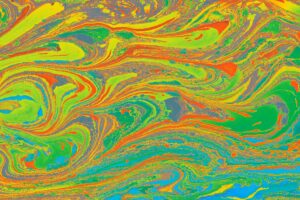Psychedelic art, a movement born in the 1960s counterculture revolution, presents a fascinating exploration of the human psyche’s depths. This art form, characterized by its vibrant colors, intricate patterns, and surrealism, offers artists an avenue for profound self-expression.
A most intriguing feature of psychedelic art is its visual representations. Embodying everything from complexly intertwined patterns to the vivid display of ethereal landscapes, these visual elements go far beyond simple aesthetics. Visionary artists utilize these tools to delve into and communicate the rich tapestry of transcendent thoughts, emotions, and experiences occurring within their minds.
Illustrations with vibrant colors characterize psychedelic art. These aren’t just random choices or whims of the artist. They bear symbolism and are used to express certain emotions or states of consciousness. From radiating reds and oranges to deep blues and purples, these vivid hues provide an artistic rendering of the artist’s inner self. The juxtaposition of bold hues and their contrasts are not only visually stimulating but are reflective of the exaggerated intensities experienced in altered states.
Incorporating surrealism, psychedelic art draws from the unconscious mind to create shocking and dreamlike scenes. This gives birth to trippy visuals, a confounding combination of reality and fantasy, familiar yet foreign. Through the surreal, artists manifest their deepest thoughts and feelings, echoing the mystical tendencies of the human mind when influenced by substances or experiences that alter perception.
Notably, visionary artists regularly include elements such as sacred geometry in their works. The regular patterns, shapes, and symmetries found in nature and life has long held a place of mystical significance in many cultures. By including these elements in their art, psychedelic artists communicate the interconnectedness of all things, reflecting cosmic consciousness and promoting a sense of unity and wholeness with the universe.
Psychedelic art thus serves as a bridge connecting the personal and the universal, the individual and the divine. It channels the profound nature of transcendence, the act of going beyond one’s usual limits or state of being. Representations of mystical creatures, otherworldly landscapes, and the disintegration or reconstruction of the self are characteristic depictions of this feeling of transcendence.
This emotive and expressive art form also plays into art therapy, an area that harnesses the transformative power of art to improve mental and emotional wellbeing. Psychedelic art, with its overwhelming sensory stimulation and unbounded creativity, can provide a therapeutic avenue for expressing the indescribable. It can help materialize emotions that are difficult to verbalize, developing greater self-awareness and understanding.
Psychedelic art is not purely aesthetic. Every stroke, color selection, and seemingly abstract shapes embody the very essence of self-expression. It is a dynamic dialogue between the artist and the viewer, inviting individuals to explore vistas of their own mind that are yet to be charted. From transcending human perception to the materialization of cosmic consciousness, the diverse narratives embedded within these works continue to allure art enthusiasts and psychoanalyst alike.
In conclusion, psychedelic art serves as a thought-provoking encapsulation of the human experience. It expands our understanding of what art can achieve through its vibrant colors, surrealism, and trippy visuals. This dynamic, expressive form of artwork remains an inspirational testament to the boundless capacity of human creativity and self-expression.
Sources:
The Art Story, Britannica, Psychedelic Art, Verywell Mind.




